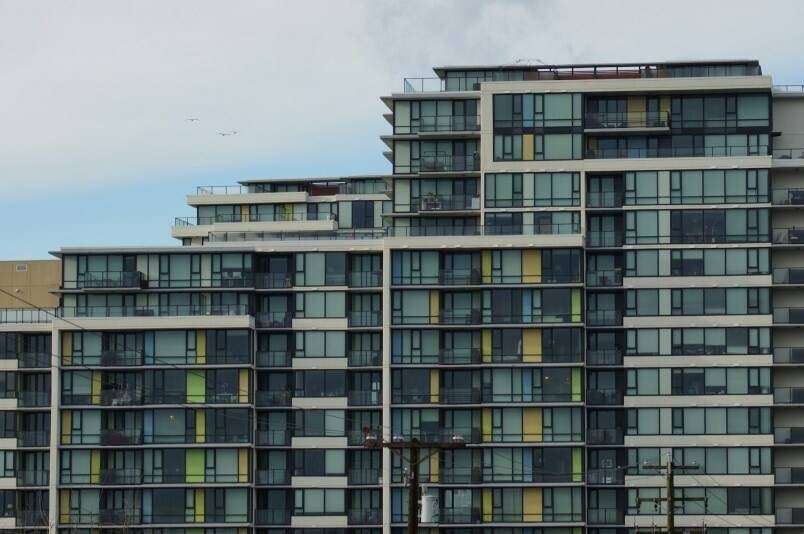Over 99 per cent of recently built residential homes in Metro Vancouver are situated in populated areas, leaving little to so-called urban sprawl and rural development, according to data released by Statistics Canada Wednesday.
The study titled ‘New housing supply: Urban sprawl and densification’ notes that British Columbia saw the largest drop in single-detached homes being built, as compared to other metropolitan regions across Canada, between 2016 and 2021.
The share of single-detached homes prior to 2016 was 46.4 per cent in Metro Vancouver; however, the share of newly built detached homes between 2016 and 2021 was only 15.7 per cent. Even rural or non-metropolitan areas of B.C. saw a drop from 75.1 per cent to 61 per cent in the same periods.
The trend may impact people’s satisfaction with their housing situation, the study suggests.
“Many Canadians prefer to live in low-density housing, such as single-detached houses, with owners and renters of detached houses reporting higher levels of housing satisfaction than those in more compact dwellings.
“However, the provision of this type of new housing tends to be limited in city centres because of an increasing scarcity of developable land.
The study, published online, also found new single-detached homes in Metro Vancouver are bigger despite lot sizes remaining the same.
The “median living area” for newer single-detached homes in Vancouver has increased by 49.2 per cent, compared with the older stock built before 2016. Among the newer homes, almost two in five (38.3 per cent) in Vancouver featured more than 4,000 square feet of living space.
Statistics Canada suggests new provincial zoning bylaws in B.C. aimed at densifying single-detached home neighbourhoods (allowing for four to six units per lot) could lead to more demand for single-detached homes in city peripheries and contribute to the expansion of urban boundaries.
The consequences of urban sprawl include higher infrastructure costs and higher greenhouse gas emissions for transportation and home heating.
“As a result, urban expansion and public policies that accelerate sprawl are often active areas of debate,” the study notes.



